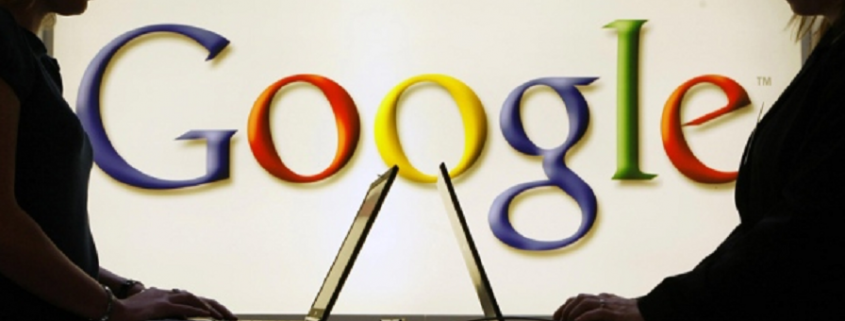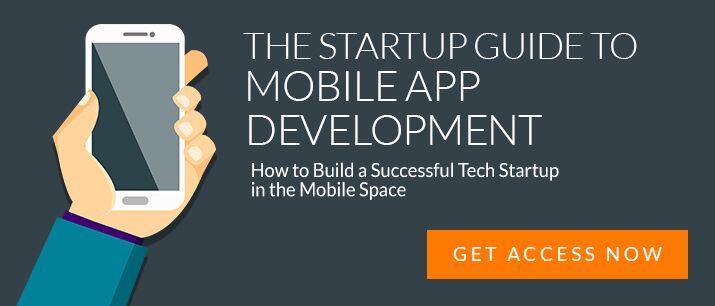7 Steps to Getting Google to Buy Your Startup
What’s your exit strategy?
Having your app bought by Google (or by any other large company for that matter) is the ideal outcome for most entrepreneurs.
However, as I’m sure you can imagine this is by no means a run-of-the-mill affair. It’s bloody tough. And it doesn’t happen overnight.
Let’s talk about what you need to do to set up your Startup for acquisition. Large scale acquisition!
We’ve researched 15 of Google’s most remarkable acquisitions in history. And in the article below I’ve included 7 key insights that made this possible.
I’ve also included some case studies on start-ups that have (a) successfully set their business up for acquisition, and (b) been bought out by tech-conglomerates.
Use this information wisely to set your business up for mass-success.
Let’s begin…
1. Have a Unique Selling Proposition (USP)
Ask yourself the following questions:
- Does your product have legs?
- Does it stand out from the crowd?
- Are you offering something that no-one else can provide in a way that only you can provide it?
These are the questions that you will need to ask yourself if you’ve got any hope of being successful. Let alone get acquired.
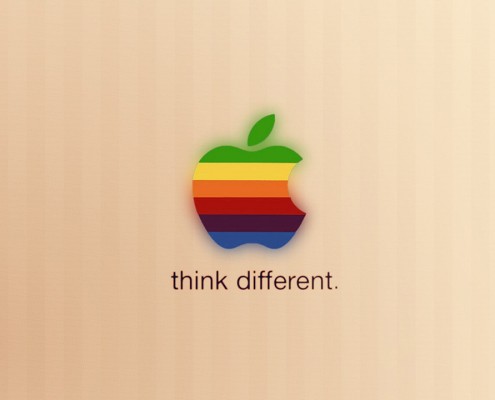
Apple’s Unique Selling Proposition was ‘Think Different’
Why? Because business is competitive. And as much as I want you to succeed in whatever it is that you’re doing there are others out there who don’t share my enthusiasm – namely your competitors.
What do you need to do?
- Be a disruptive force in the market
- Understand your users’ current needs and foresee future ones
- Focus on ONE significant value proposition and do that really well
- Be known. Be seen. Be available.
- Build credibility – easy to initiate, harder to maintain (this being the key)
Why?
Consumers and users, despite what people have said are NOT loyal. They will use and then dump your ass quick smart.
Especially if they feel their wants and need aren’t being met.
So meet them head on and have your s*** ready to blow them away.
By offering your customers something truly remarkable that they can’t get anywhere else your reputation will increase. And so will the demand for your product.
It’s this type of reputation that gains the interest of acquisition-inclined companies, just like Google.
2. How to be remarkable
Focus on being more remarkable in the following areas:
Technology
Do you have a technological edge not found anywhere else?
Have you spent time, research and potentially money producing something that is distinctive and hard to replicate?
Functionally & Distribution
Is the way in which your users interact with and/or obtain your app unique to your company?
All your competitors might be distributing their service via a web platform. In this case you might want to use a mobile application to find your Unique Selling Proposition.
Is the experience that you’ve built unique?
Did you tailor this experience by learning from your users and making appropriate adjustments?
Algorithms (Intellectual Property)
Is the nitty-gritty back-end of your operation the brain child and trophy work of an insurmountable amount of iteration and innovation?
Many startups that we work with have built complex algorithms that form the basis of their business. iQnect for example, are a well funded startup with a ‘visual search’ algorithm. Yes, take a photo of something and iQnect will most likely find it for you.

Facebook’s heavily guarded IP is embedded in their algorithms.
Another one of our clients, The George Institute have built the largest food-health database in the world. This is significant IP and gives them an incredible edge.
Vision
- Are you in-tune and committed to your vision? To a point where you can see where you are going and know that the work you are doing NOW will get you there?
- Are you aware that there is only ONE YOU and you are capable of absolutely anything?
- Are you confident in yourself and your product in the face of all opposition?
- Are you prepared to see it through to the end?
Case-study: Songza is an example of one company that managed to have a few of these notches on their belt well before being acquired by Google.
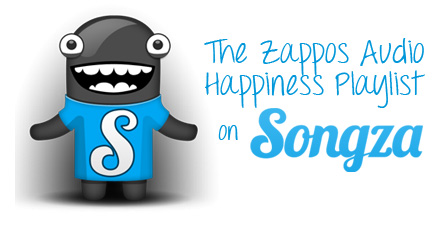
Songza is a unique music streaming service with a kick-ass team, big ambitions and a distinct (tried and tested) service.
Why Songza?
Songza represented a unique opportunity for Google to further strengthen its investment into the digital music realm. One they simply couldn’t pass up.
Songza did this by incorporating “a great service which uses contextual expert-curated playlists to give users the right music at the right time.”
The next step for Google will be to incorporate what users loved about Songza into Google Play Music. Songza features will likely be rolled into YouTube and several other Google products as well.
It’s this personable remarkable feature of Songza that made it a no brainer for Google to add it to its every-increasing tool-kit.
3. Create Demand (now and in the future)
“Respect the distance or the distance won’t respect you! It will eat you up, spit you out and make you beg for mercy.” – Unknown, CLICK TO TWEET
No company will want to acquire you if they think that your business will fall over any time in the near future.
So, do the hard yards first. Create value and make it a no brainer for them to want to acquire you. Build your business to go the distance.
The simple no-brainer formula involves two key ingredients. Neither of which can be bought – only earned.
A. Reputation
It’s impossible for a company/brand to establish a trusted long-term relationship with integrity straight off the bat. That takes time and it can only grow organically.
It’s much easier to acquire another company that has:
- Done the grunt work
- Established practices/processes
- Brand reputation and support
Think of it as a fruit bearing tree.
Few people would go to the effort of planting a seed and then nurturing and watering that seed.
After which they would have to maintain and care for a plant for some time before the fruit arrive. Most people would rather buy the fruit outright, and if they could maybe the entire tree.
Ask yourself the following questions:
- What are you doing to nurture and grow your business for the future?
- What are you doing to grow your brand’s reputation?
Do the work. Set up your business processes. Automate the whole operation and create something truly acquirable.
B. Understand Your Customer
“Value is created from developing a passionate understanding of what it is the customer really needs” – according to Channel Intelligence Inc. founder Rob Wight. CLICK TO TWEET
In other words, get to intimately know your customers WHY’s.
Case-study: Channel Intelligence Inc. (CII) did just that and was sold to Google for $125 million just last year.
Channel Intelligence Inc. is an e-commerce backbone. It has patented algorithms that allows the service to aggregate and compare the same products sold by different retailers.
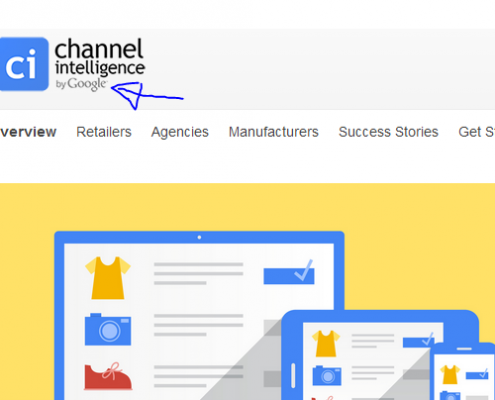
Google acquired Channel Intelligence Inc. in 2013
By facilitating this basic need of consumers to compare prices on a product before they forked over the cash CII make a valuable connection that had previously been overlooked.
The Result
By having the knowledge and insight into what your customer’s motivations and behaviours are you effectively become the expert in your field.
That expertise and insight cannot be readily copied or manufactured. It’s earned through hard work and smart research. It’s then worth a lot of money.
It is this principled technology with its unique set of capabilities and capacities that no other competitors have, that make a company like CII so desirable.
It comes down to being unique and being tried and tested in that uniqueness.
Ask yourself these two questions:
- What unique understandings do you have about your customer’s needs?
- Is there anything you can do right now to find out a bit little more?
4. Streamline Adoption
Big businesses favour big uptake.
How easy is it for your users to download and get stuck into your app straight off the bat?
The answer to this should be ‘effortlessly’.
If it’s not then something needs to change.
The easier your app is to incorporate into a user’s life the more they will use it. It will also be more likely to go viral.
If there are barriers inhibiting your user’s engagement and experience then your rate of adoption will slow. If this is not corrected as time progresses you will start to experience a massive decline in your user numbers.
What do you need to do?
Here are some high level strategies for increasing user engagement:
- Get analytics on how users are using your app.
- Run some A/B split tests to find better ways of engaging your users.
- Pivot or persevere – try something else or keep persevering?
5. Hire and retain the best talent
“I am convinced that nothing we do is more important than hiring and developing people. At the end of the day you bet on people, not on strategies.” – Lawrence Bossidy, Former COO of GE. CLICK TO TWEET
An acquisition is greatly influenced by the team behind the business.
That said, it’s not just about having a young hot team in a rising start-up, but rather having a team that is prepared and geared to go all the way.
Companies that are in acquisition mode are in a marathon-mindset not a sprint.
To be considered ‘desirable’ it’s essential to create a company culture that supports optimization, innovation and expansion from day one.
This ensures that your company is continually raising the bar and building internal momentum and drive day-to-day, week-to-week, year-to-year.
It’s a company culture like this that gets the likes of Google interested.
What else do companies like Google go for?
- Good cultural fit – a seamless fit
- Homogenisation and autonomy
- Most importantly, they like conscientious workers who don’t think of acquisitions as an exit but rather an extension and a new journey.
Example:
Back in 2003, Google made quick work in securing the satellite-mapping company Keyhole, which became the seed that sprouted Google Earth.

This was on part due to the technology that Keyhole possessed but it was also because of the team behind it.
6. Control the bottom line
Nothing says future success like current financial diligence and efficiency. And it shows.
Being committed to your company’s growth by investing back into its future testifies the level of commitment and vision the company has.
How much will you be investing back into your company at the end of the year?
The more focused and regulated your expenses are, the more cred you’ll have with investors and acquirers.
Of course you’re not doing this for them, you’re doing it for your company and its future.
So…
Make sure the books are primed for healthy growth and not in favour of plush entertainment expenses or those unessentials.
Have less. Earn more. It pays off at the end of the day.
End of the day
This lean approach favouring heavy reinvestment is a great way to get ahead of your competitors.
Case-study: Admob demonstrated this and its hard work was repaid in 2009 in the form of a Google acquisition – valued at a whopping $700 million!
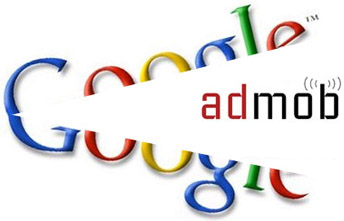
Great example of “Big fish eat little fish.” Little being not so little…
Admob’s investment and continual reinvestment into its key mobile marketing search-related technologies paved the way for Google’s future successes in mobile ad-serving technology.
You could say that Admob wrote their own cheque well in advance – and earned a butt load of interest on top!
7. Go Big or Go Home
Life’s too short to be small.
Companies in acquisition-mode are on the lookout for start-ups, apps and businesses that are going to make a dent in the market. Not a ripple but a splash.
So if you think you could be aiming higher you most definitely should be.
If your expectations are already so huge you can’t possible comprehend anything on top of them, then you’re probably on track.
Case-study: Some of Google’s biggest acquisitions, such as Android and YouTube, were the kind of companies with dreams big enough for the Google Empire.
These two examples were big players in their own right. Hence why YouTube was acquired for $1.65 billion dollars in 2006. There was nothing mediocre about them or the founders behind them.
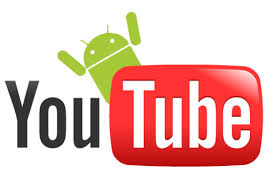
Android and Youtube are Google’s most successful acquisitions to date.
“These companies in particular had extraordinary entrepreneurs with a huge vision of what they wanted to achieve, and they achieved it with Google… it was an alignment of vision.” CLICK TO TWEET
It’s also a legacy thing, companies like these were already established and thinking about their future and place in this world.
What does your future look like in this world?
It starts today…
Latest posts by Logan Merrick (see all)
- Ep 18: Collective Campus’ CEO on Intrapreneurship and Corporate Innovation - December 20, 2016
- 50 User Engagement Strategies For Planning Memorable Mobile Experiences - December 19, 2016
- Latest Data: App Monetisation Trends And Drivers 2015-2020 - November 25, 2016

